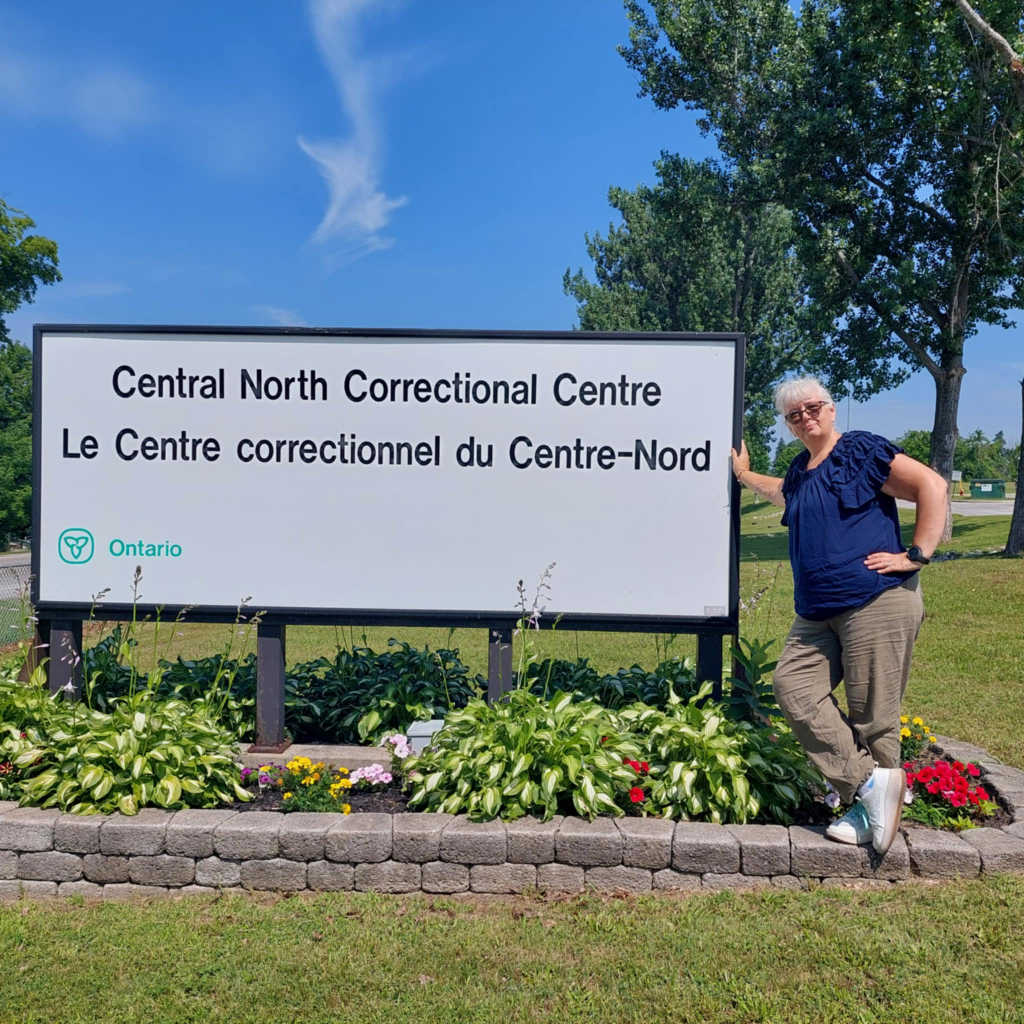Mapping Discharge Pathways from Correctional Institutions in Bruce Grey
How we support people returning from incarceration matters, if our goal is for them to be successful upon release. In Bruce and Grey Counties, we have extraordinary people doing extraordinary work to support these individuals. But as a new report makes clear, their efforts are often thwarted by a fragmented, under-resourced system. It’s time for that to change.
The report, Mapping Discharge Pathways from Correctional Institutions in Bruce Grey, offers a deep dive into the barriers that individuals face when re-entering our communities from the Central North Correctional Centre (CNCC). These aren’t minor inconveniences—they’re systemic failures that risk pushing people back into the very cycles we hope to break.
Download the report here:
From being released without ID or personal belongings, to finding doors closed after 5 PM, to having no way to get to a shelter or doctor—these are not just bureaucratic oversights. They are missed opportunities for recovery, dignity, and successful reintegration.
Amid these systemic gaps, community agencies are doing heroic work. Organizations like the CMHA Grey Bruce, Safe N Sound, M’Wikwedong Indigenous Friendship Centre, and the Supportive Outreach Services (SOS) team are going above and beyond, often without sufficient funding or staffing. From emergency shelter to mental health support to cultural reconnection, these teams are the safety net for some of the most vulnerable people in our region.
The report outlines a bold, evidence-based roadmap for change. Among the key recommendations:
- Standardized discharge planning with coordination across correctional and community services.
- A personal property retrieval protocol to ensure individuals have ID, clothing, and essentials upon release.
- Extended or after-hours services, so no one is left out in the cold.
- Investments in a wider range of housing, from harm reduction to abstinence-based models.
- Rural transportation funding to break geographic isolation.
- Core funding increases so organizations can plan, staff, and serve sustainably.
These are not radical asks—they are basic conditions for safety, dignity, and community well-being.

Next Steps
The good news is that plans to address these recommendations and challenges are already underway. On July 11th, Stuart (author of the report) and Francesca attended Central North Corrections Centre and met with multiple staff members and began a pathway of understand, which will create strong supports moving forward.
We will be meeting with our partners and sharing the opportunities to better support people, reducing strain on an already strained system.

